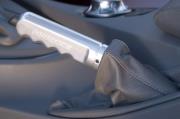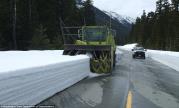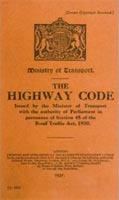As of February 2015 this old story is getting a lot of hits through Twitter. Remember: it IS originally from 2011, and VOSA combined with DSA to form DVSA last year.
An email alert from the DSA:
Car MOT text reminder service
The Vehicle and Operator Services Agency (VOSA) has set up a new MOT text reminder service for customers. By registering, you’ll get text messages telling you when your MOT is due.
How the MOT text reminder service works
To benefit from the MOT text reminder service you will need to register your details with VOSA. Once registered, three text reminders will be sent to your mobile phone to remind you of your MOT date.
They will be sent:
- five weeks before
- two weeks before
- the day before
The text message reminders will include the vehicle registration number and MOT due date.
To use this service there is a one-off charge of £1.50 (including VAT). This charge will be collected through your mobile phone network provider once your registration has been accepted.
If you do subscribe for the MOT text reminder service, you will still be responsible for ensuring your vehicle has its MOT test by the due date. This is regardless of whether you receive the MOT reminder texts.
Find out more about how the service works and how you can register on Directgov.

 I’m catching up with a backlog of driving stuff after my recent trips to Rush gigs, and came across this one from 16th May. The
I’m catching up with a backlog of driving stuff after my recent trips to Rush gigs, and came across this one from 16th May. The  Presumably
Presumably  t be allowed to breed, let alone drive a car.
t be allowed to breed, let alone drive a car.